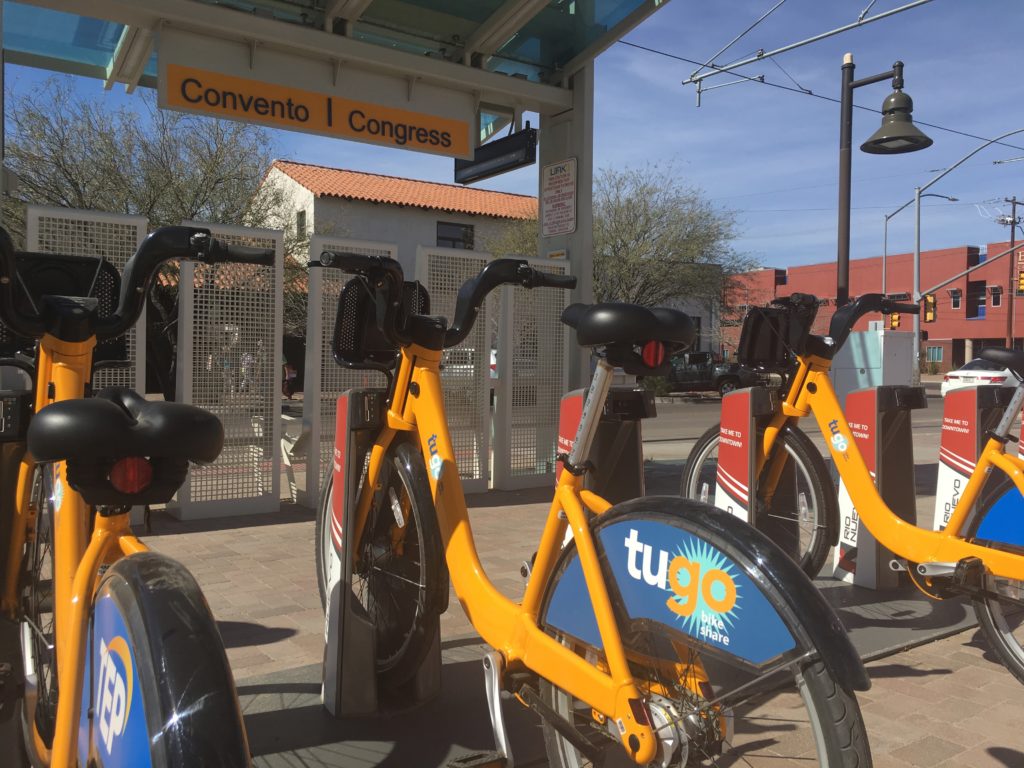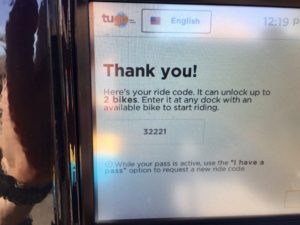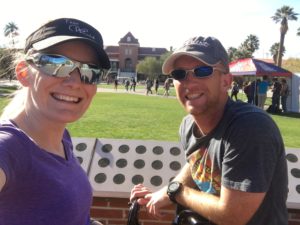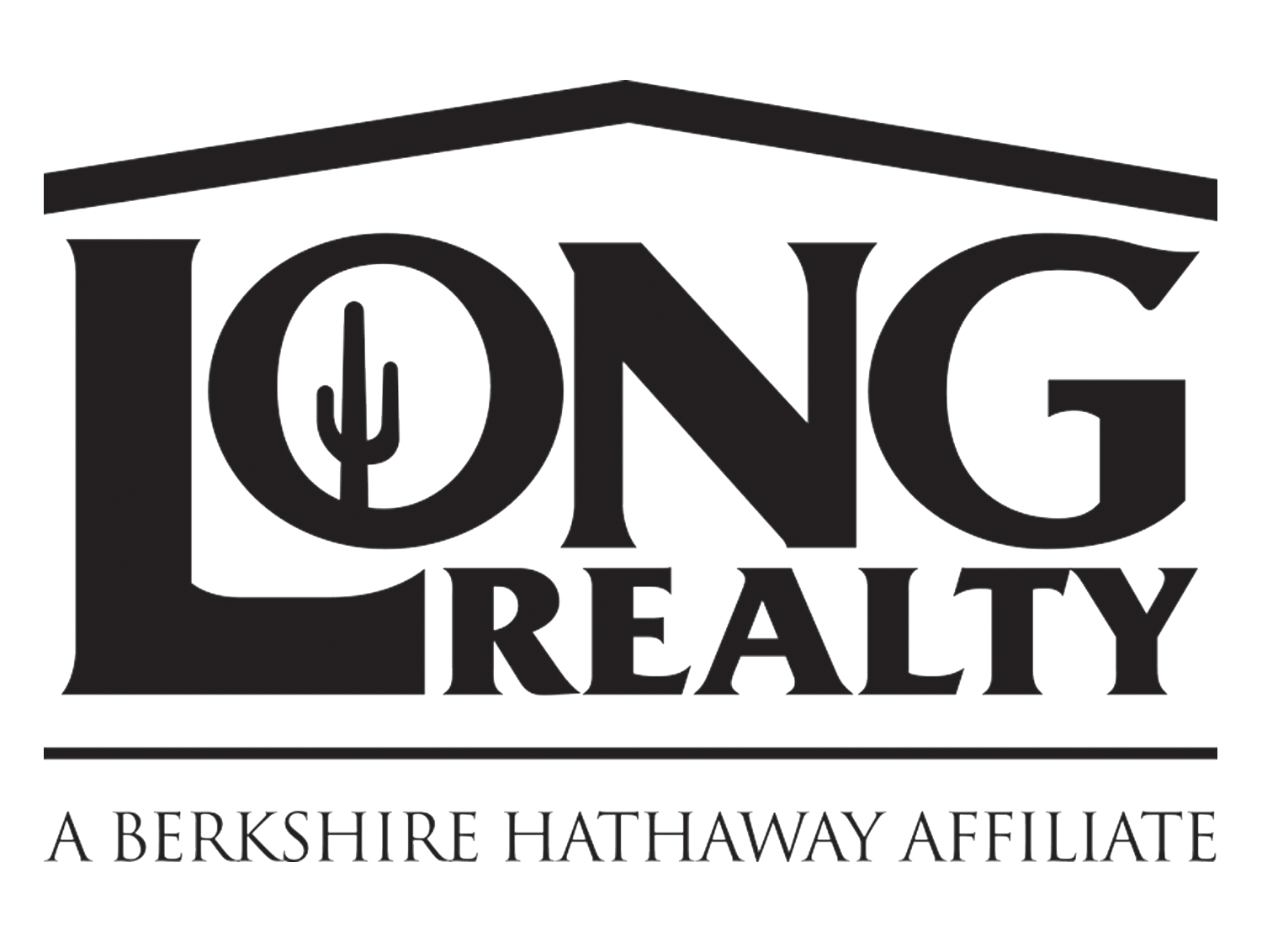 Bike sharing is popular around the world, but the United States has been a little late to the game. You may picture China as a smoggy, polluting place, but the vast majority of public bikes are found there, so you have to give them a little credit. Tucson was one of the first U.S. cities to attempt a bike share system, but before the advent of information technology that allowed for locking, unlocking, and charging for use, all of the bikes got stolen within the first few weeks of the program back in the mid-90’s. Now that sophisticated docking systems can be found in cities such as Boston, New York City, and San Francisco, it’s not surprising that Tucson, designated as a Gold Level Bicycle Friendly Community by the League of American Bicyclists, has jumped back on the bandwagon with a new and improved bike share system.
Bike sharing is popular around the world, but the United States has been a little late to the game. You may picture China as a smoggy, polluting place, but the vast majority of public bikes are found there, so you have to give them a little credit. Tucson was one of the first U.S. cities to attempt a bike share system, but before the advent of information technology that allowed for locking, unlocking, and charging for use, all of the bikes got stolen within the first few weeks of the program back in the mid-90’s. Now that sophisticated docking systems can be found in cities such as Boston, New York City, and San Francisco, it’s not surprising that Tucson, designated as a Gold Level Bicycle Friendly Community by the League of American Bicyclists, has jumped back on the bandwagon with a new and improved bike share system.
The City of Tucson launched its TUGO Bike Share program in November 2017, and it currently has 330 bikes at 36 stations mostly around downtown Tucson. We decided to spend a day riding around on these bikes with stops at vacant homes on the market, Mercado San Agustin, Bisonwitches, the U of A, two of our favorite breweries – Borderlands and Tap & Bottle, the Originate Natural Building Materials showroom, and Tumamoc Hill. A day pass for a TUGO bike costs $8, but it’s $18 for a month, $80 for a year, or $5 for qualified individuals.
 We purchased our day passes at the Tumamoc Hill station using a credit card and unlocked our first set of bikes…after struggling to figure out where to enter the 5-digit code to release the bike from the dock. Searching for a typical keypad, we eventually realized the 1-2-3 on the dock WAS the keypad as all codes are combinations of only those three numbers. Once on the bikes, the first thing we noticed was that TUGO bikes are heavy, and they only have three gears, none of which are high enough to get you going very fast, BUT if Krista Hansen of the city transportation department’s bike and pedestrian program can ride the entire 106-mile El Tour De Tucson on a TUGO bike, we could put up with it for 30 minute increments.
We purchased our day passes at the Tumamoc Hill station using a credit card and unlocked our first set of bikes…after struggling to figure out where to enter the 5-digit code to release the bike from the dock. Searching for a typical keypad, we eventually realized the 1-2-3 on the dock WAS the keypad as all codes are combinations of only those three numbers. Once on the bikes, the first thing we noticed was that TUGO bikes are heavy, and they only have three gears, none of which are high enough to get you going very fast, BUT if Krista Hansen of the city transportation department’s bike and pedestrian program can ride the entire 106-mile El Tour De Tucson on a TUGO bike, we could put up with it for 30 minute increments.
TUGO bikes are not meant to be cruised on all day long. They are intended purely as commuter bikes. You only have 30 minutes to ride and return your bike to a station or you are charged $4 for additional 30-minute periods. If you arrive at a station and all of the docks are full, there is an option to extend your time for free so you can return it to a different station. Since the day passes provide you with unlimited rides for a 24 hour period, just check out a new (or the same) bike when you’re ready to move on. There were a few times when we docked our bikes to stop the 30 minute clock and then immediately unlocked them to start a new 30 minute timer.
Beware: Unlocking a bike requires that the station have a kiosk to read your credit card and dispense a new unlock code (codes are only valid for 5 minutes, so really just at that station), and for whatever reason, not all docking stations have kiosks. This means you can lock your bike up, but you can’t unlock a new one which may cause you to have to walk from Five Points to Armory Park like we did. It also prevented us from going to Sam Hughes because the only station over there does not have a kiosk. The physical map located at each docking station will show which ones have kiosks even though the online version shows that they all do, which is not true.
 Not surprisingly, there is an app for this, and it sounds like it would have helped us avoid the kiosk-less docking station problem. If you purchase your day pass within the app, apparently you can get unlock codes directly from your phone, bypassing putting your credit card into a kiosk. Unfortunately while attempting to link our current passes to the app, we discovered that in order to create an account, you had to purchase some sort of pass at the same time. Not wanting to be charged twice for the day, we stuck with the kiosk method, but we suggest you download the app in advance and purchase your pass on your phone before beginning your TUGO excursion.
Not surprisingly, there is an app for this, and it sounds like it would have helped us avoid the kiosk-less docking station problem. If you purchase your day pass within the app, apparently you can get unlock codes directly from your phone, bypassing putting your credit card into a kiosk. Unfortunately while attempting to link our current passes to the app, we discovered that in order to create an account, you had to purchase some sort of pass at the same time. Not wanting to be charged twice for the day, we stuck with the kiosk method, but we suggest you download the app in advance and purchase your pass on your phone before beginning your TUGO excursion.
Overall we were very pleased with our TUGO experience. Although they are heavy and a bit slow, the bikes are comfortable, docking and undocking is simple, and they are a pretty good value, especially if you live in the area, and you purchase a month or annual pass. If you’re looking to live near a TUGO station and take advantage of these bikes year round, here are the homes currently for sale within a quarter mile of a docking station.








Connect With Us!